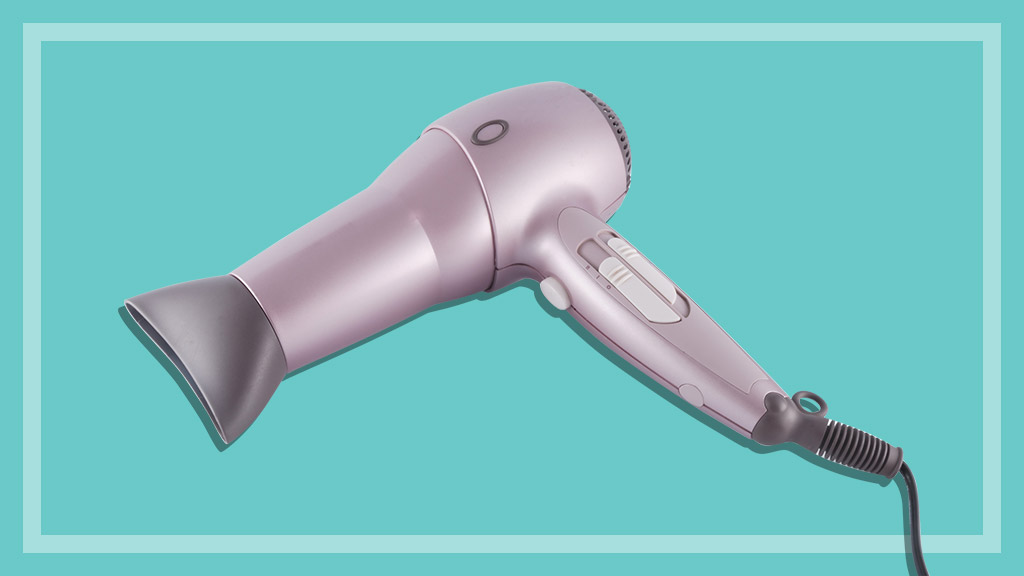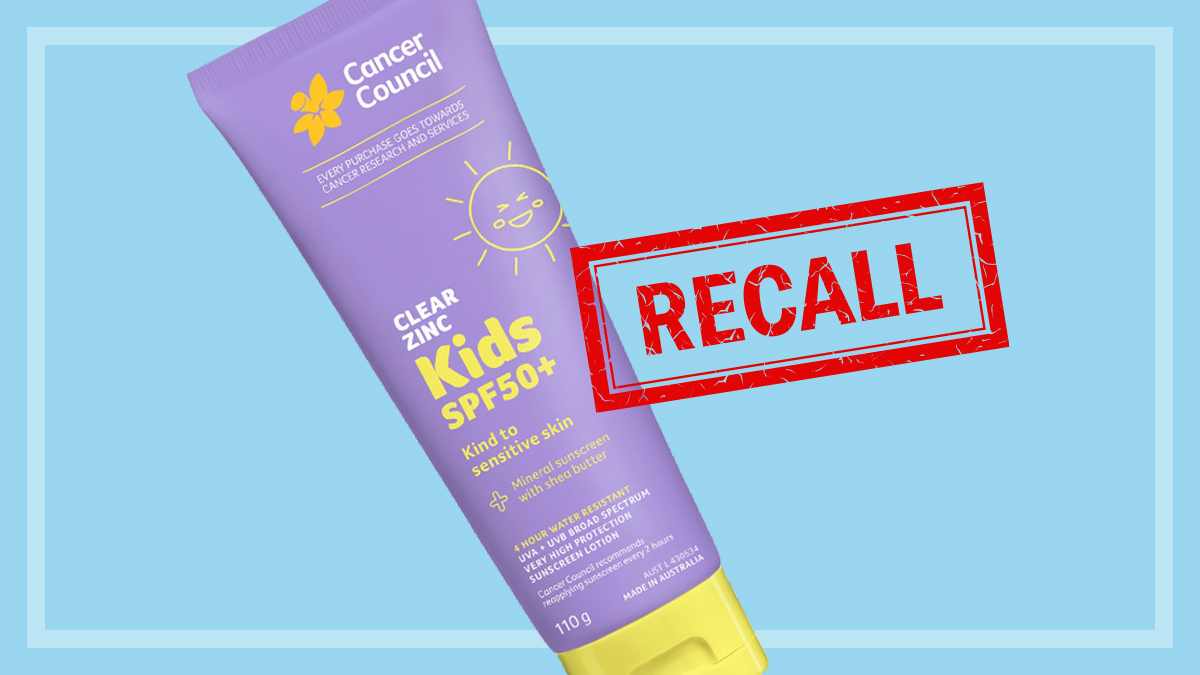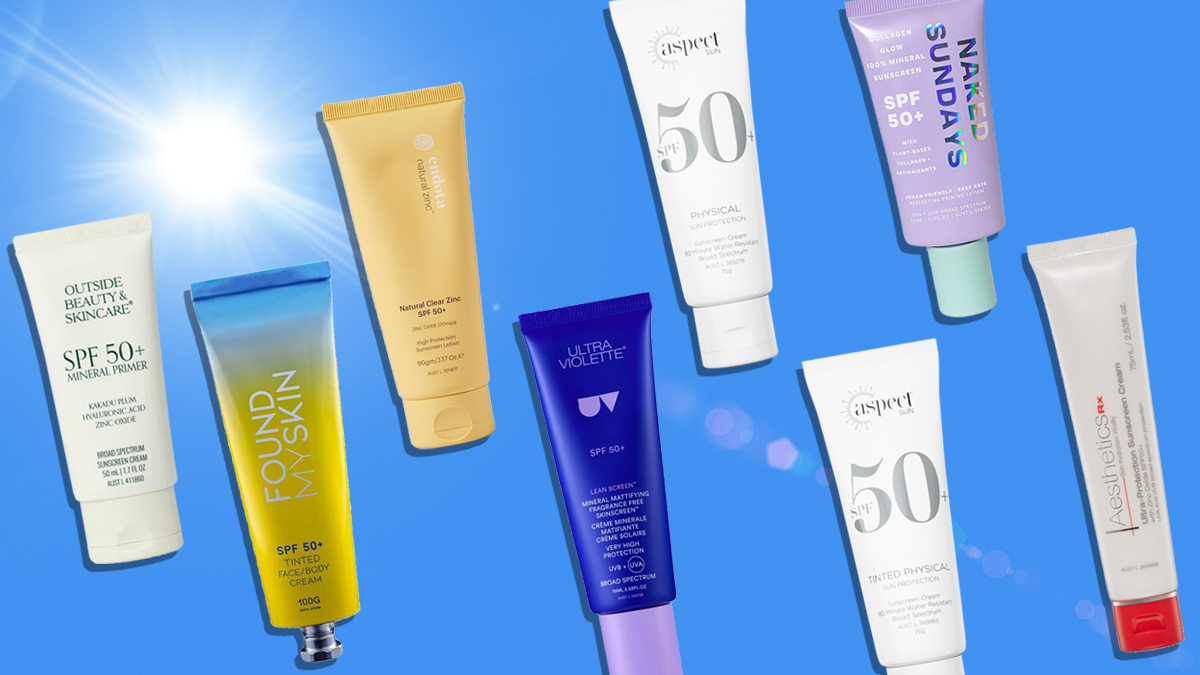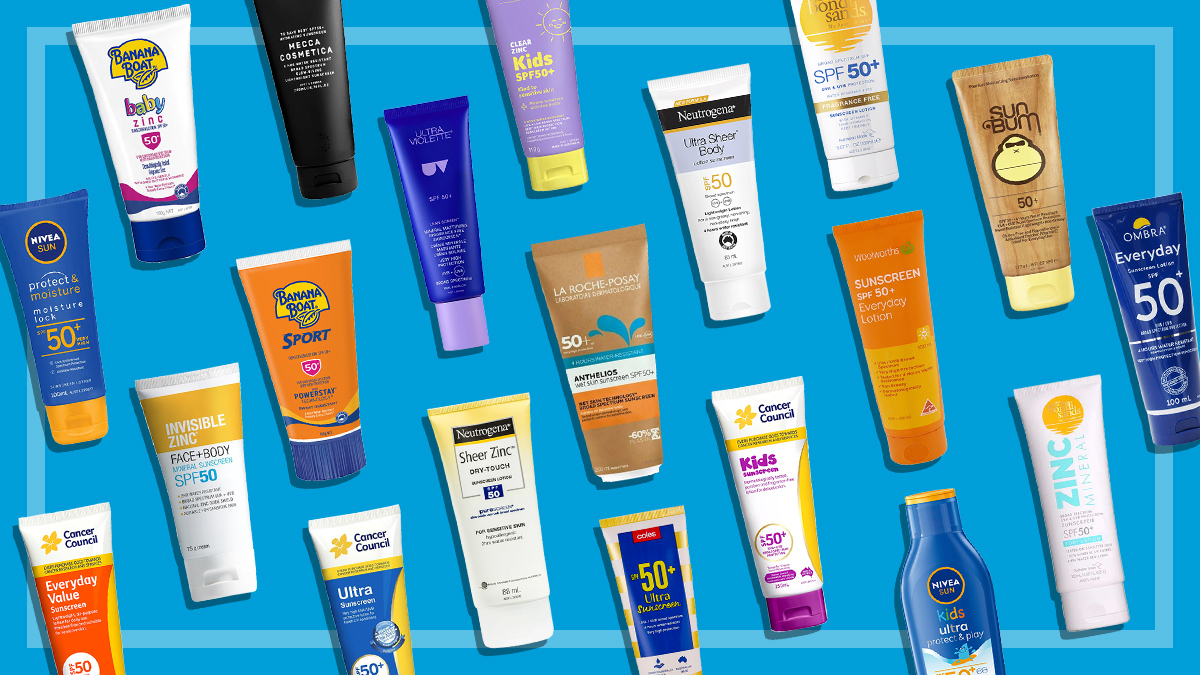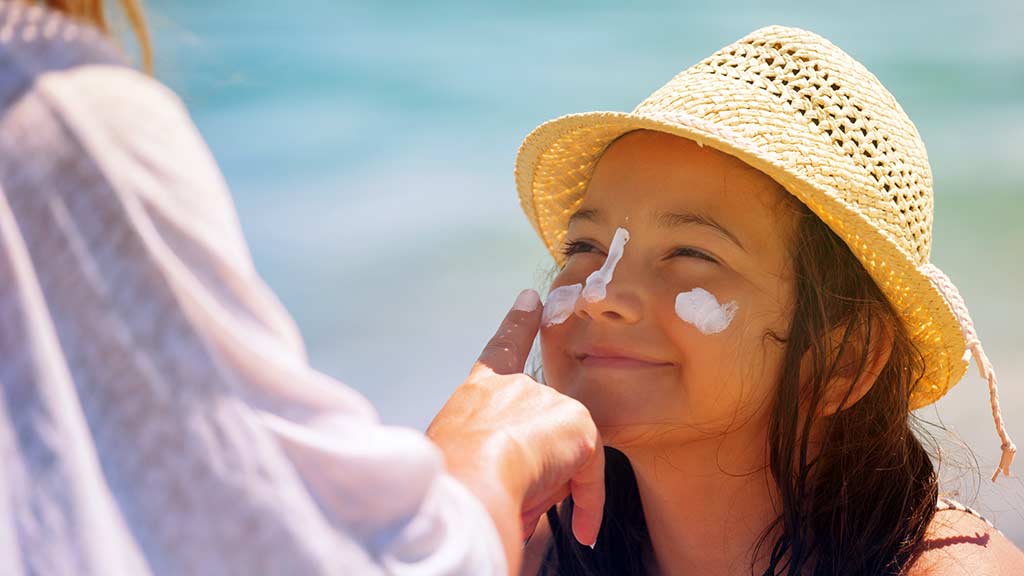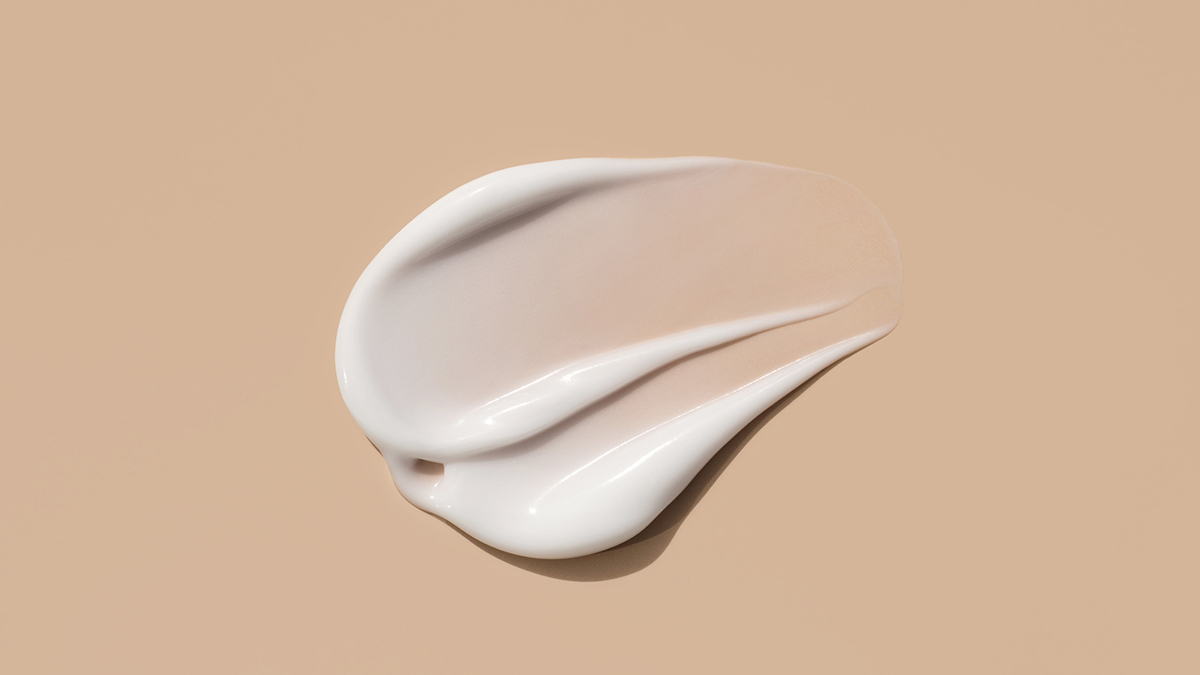Get our independent lab tests, expert reviews and honest advice.
What to know when buying a hair dryer
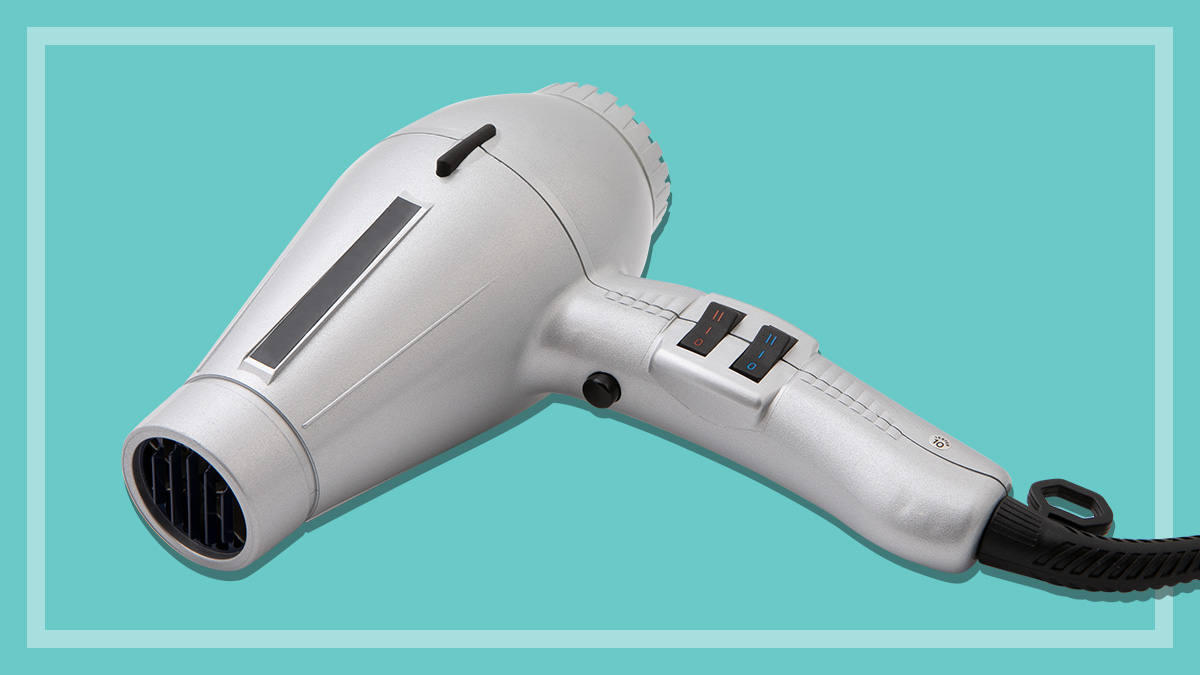
You can’t always get to a hairdresser for a professional blow dry, so you want a hair dryer at home that helps you get that salon-like finish.
On this page:
- Are expensive hair dryers worth it?
- Ionic, ceramic, tourmaline – what does it all mean?
- Does oil coating make a difference?
- Features to look for in a hair dryer
- How to identify a hair dryer that may not be safe
- Should you buy a cheap hair dryer online?
- Can hair dryers damage your hearing?
- When to replace your hair dryer
These days consumers have access to the formerly secret world of professional hair dryers, but they come with marketing terms like ‘ionic’ and ‘tourmaline’ that make them sound more like science experiments than hair-care tools. So what do you need to know to find the best dryer for you?
A good hair dryer will dry your hair quickly, while providing an effective range of temperature and airflow settings to help you create your desired style. If it’s not achieving this as a minimum, it’s just blowing hot air.
Are expensive hair dryers worth it?
The main thing people expect hair dryers to do is dry hair fast, but it’s also important that a hair dryer is lightweight, easy to use and comfortable to hold.
Then there are the various features and accessories. We’ve found concentrators are the most commonly used accessory, while the cool-shot function is the most commonly used feature.
Several models in our test under $100 outperform their costly counterparts
So when it comes to buying a hair dryer, should you blow your cash on a high-end model, or will a cheap and cheerful one do?
Whether you want to invest in the $649 Dyson or get one for under $100, we recommend a range of models in our latest hair dryer reviews to suit your hair care regime and budget.
Our testing shows price isn’t always an indicator of performance, with several models under $100 outperforming their costly counterparts.
Ionic, ceramic, tourmaline – what does it all mean?
Many hair dryers come with technologies that claim to provide a professional result, but is it all just hot air? Our tests didn’t indicate that these technologies improve hair dryer performance.
Ionic
Ionic technology claims to condition hair by using negatively charged ions, which are created by passing air over an electric current. It’s said to dry hair faster, retain moisture to keep hair healthy and smooth, and create less static to reduce frizz.
Ceramic
Ceramic technology is said to control the heat to provide even heat distribution and add shine while protecting hair from frizz and damage.
Tourmaline
This technology generates negative ions with the aim of speeding up drying while reducing static.
Does oil coating make a difference?
Some brands advertise various oil infusions, like shea oil, which supposedly add nutrients, help fight frizz, soften hair and more. Our tests didn’t uncover any evidence to support these claims but some models did leave a slight mark on the cloth used for our drying rate tests.
We also didn’t find any vessels that could contain the oil in these dryers. Instead, it’s likely that the manufacturers simply apply a coating to an element or grill, which isn’t likely to last very long or be able to be replenished.

Features to look for in a hair dryer
Manoeuvrability, size and weight: Have a hold of the hair dryer instore before you buy. Get a feel for how comfortable it is to hold and see if it’s well balanced.
Switches: These should be accessible, easy to operate and well-labelled. Sliding switches are set in the handle and can be hard to use if they’re stiff, lack grip or don’t stick out enough. Rocker switches require you to push the raised end down and can be easier to use, but can be activated accidentally.
Multiple heat and airflow settings: Separate settings for heat and air speed will give you more control. The highest settings are ideal to remove the moisture from your hair while the lower settings are best for styling.
Cool-shot setting: This provides a burst of cool air which is supposed to be good for setting a style in place.
Storage hook/loop: It’s a good idea to hang a dryer on the wall and away from wet bathroom surfaces.
Concentrator: This narrows and concentrates the airflow where you want it. It’s designed for spot-drying and controlled styling.
Diffuser/volumiser: Diffusers with short fingers are designed to dry curly hair by spreading the airflow to prevent frizz. Diffusers with longer fingers – sometimes called volumisers – are designed to add volume to all types of hair by directing heat to the roots.
Turbo: The turbo shot or boost feature increases airflow through the hair dryer to speed up drying.
How to identify a hair dryer that may not be safe
Household electrical appliances sold in Australia must display safety information and compliancy markings. Hair dryers must show:
- the manufacturer or vendor name and model or reference number on the product (AS/NZS 60335.1 clause 7.1)
- a Regulatory Compliance Mark (RCM) (AS/NZS 60335.2.23 clause 7.301)
- a risk of electrocution tag on the power lead (AS/NZS 60335.2.23 clause 7.301).
Safety tips for using a hair dryer
Hair dryers are one of the most common household items associated with electric shock, so it’s vital that we’re using them safely to prevent injury to ourselves and others.
- Make sure your hair dryer is in good working order.
- Don’t use it if the power cord is damaged.
- Where possible, avoid using your hair dryer in wet areas.
- If water comes in contact with your hair dryer, turn it off and unplug it immediately.
- When disconnecting your hair dryer, turn it off first at the switch, then pull out the plug.
- Make sure the power cord is not dangling from benches or in a child’s reach.
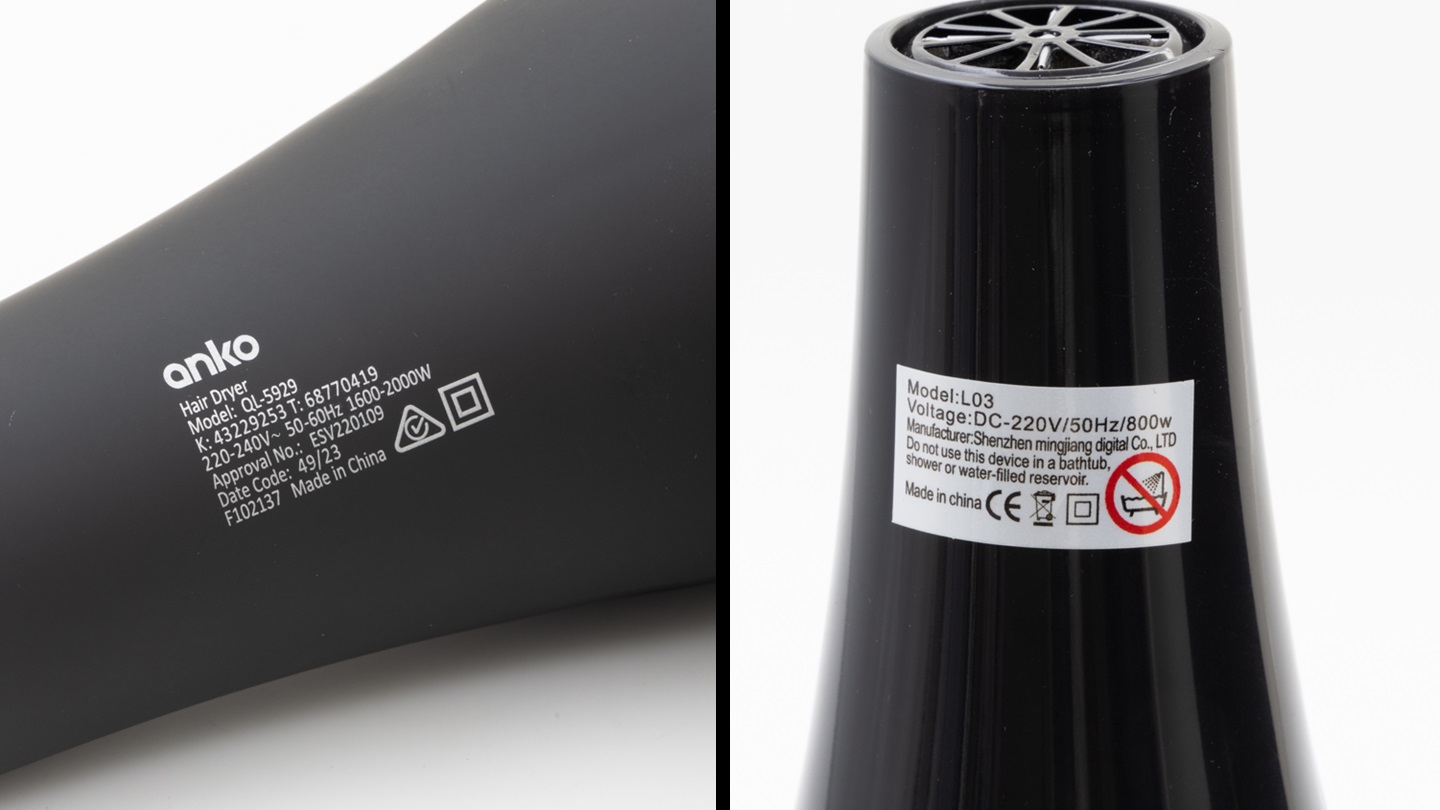
Should you buy a cheap hair dryer online?
There’s no shortage of overseas retailers selling inexpensive hair dryers online but the deals aren’t typically worth the risk. They often come from markets where safety regulations aren’t quite as robust and may be dangerous to use.
Online retailers selling products into Australia, such as Temu, need to follow the same electrical appliance safety rules as local retailers, but they often don’t. Compliancy markers can also be faked so just because a hair dryer looks safe doesn’t mean it is.
You won’t be breaking any laws if you choose to import a hair dryer as an individual. But with so many retailers selling certified models in Australia, it’s probably not worth the risk to your safety just to save a few bucks.
Our experience with Temu
We bought a hair dryer from online retail giant Temu for our test. Upon arrival, we found that it lacked the safety certifications and Regulatory Compliance Mark (RCM). There was nothing on Temu’s website to suggest that the hair dryer was not cleared for sale and use in Australia, and we removed it from our test as a result.
An additional safety check also found that the hair dryer didn’t have any means of securing the power cable, such as a cable clamp. This is a requirement under Australian product safety standards.
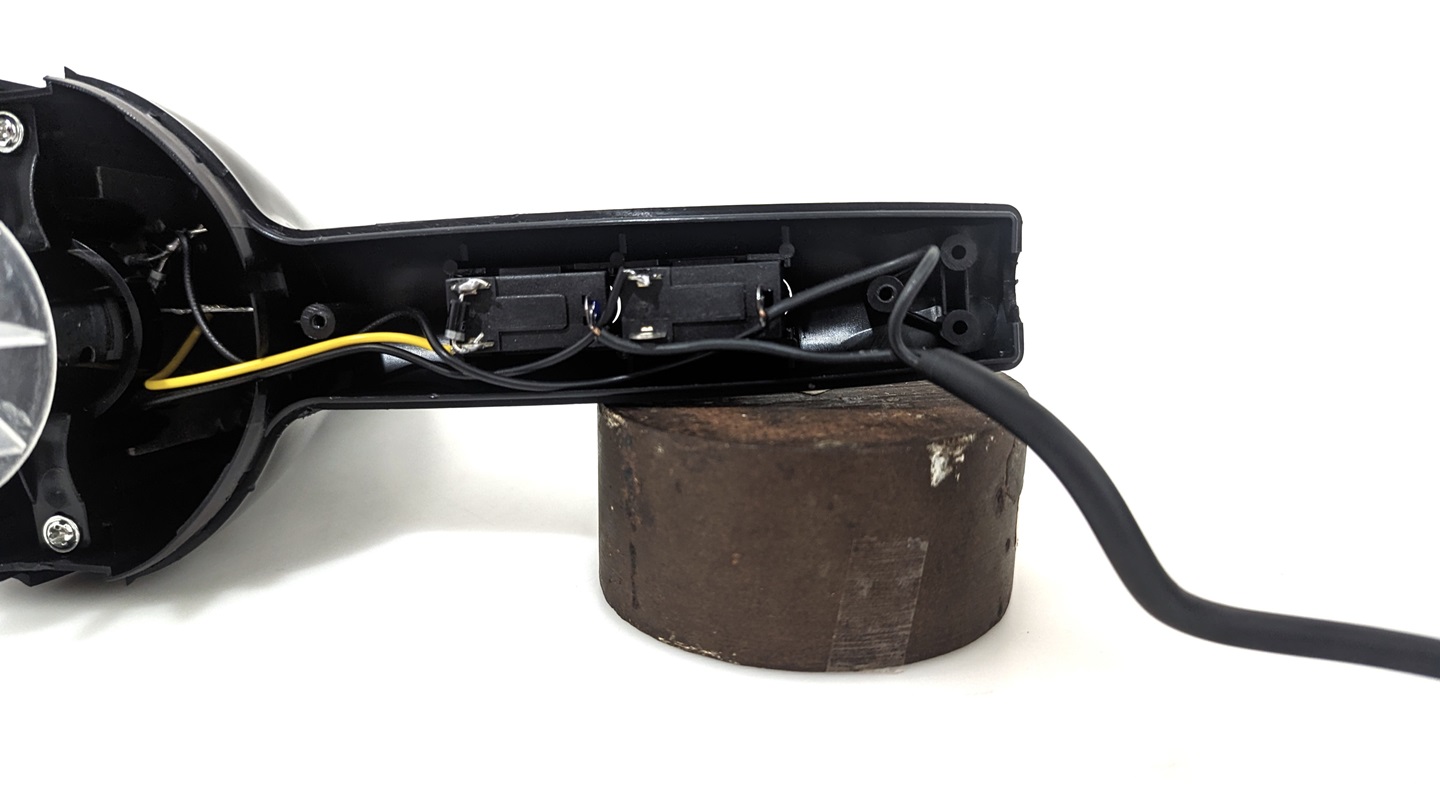
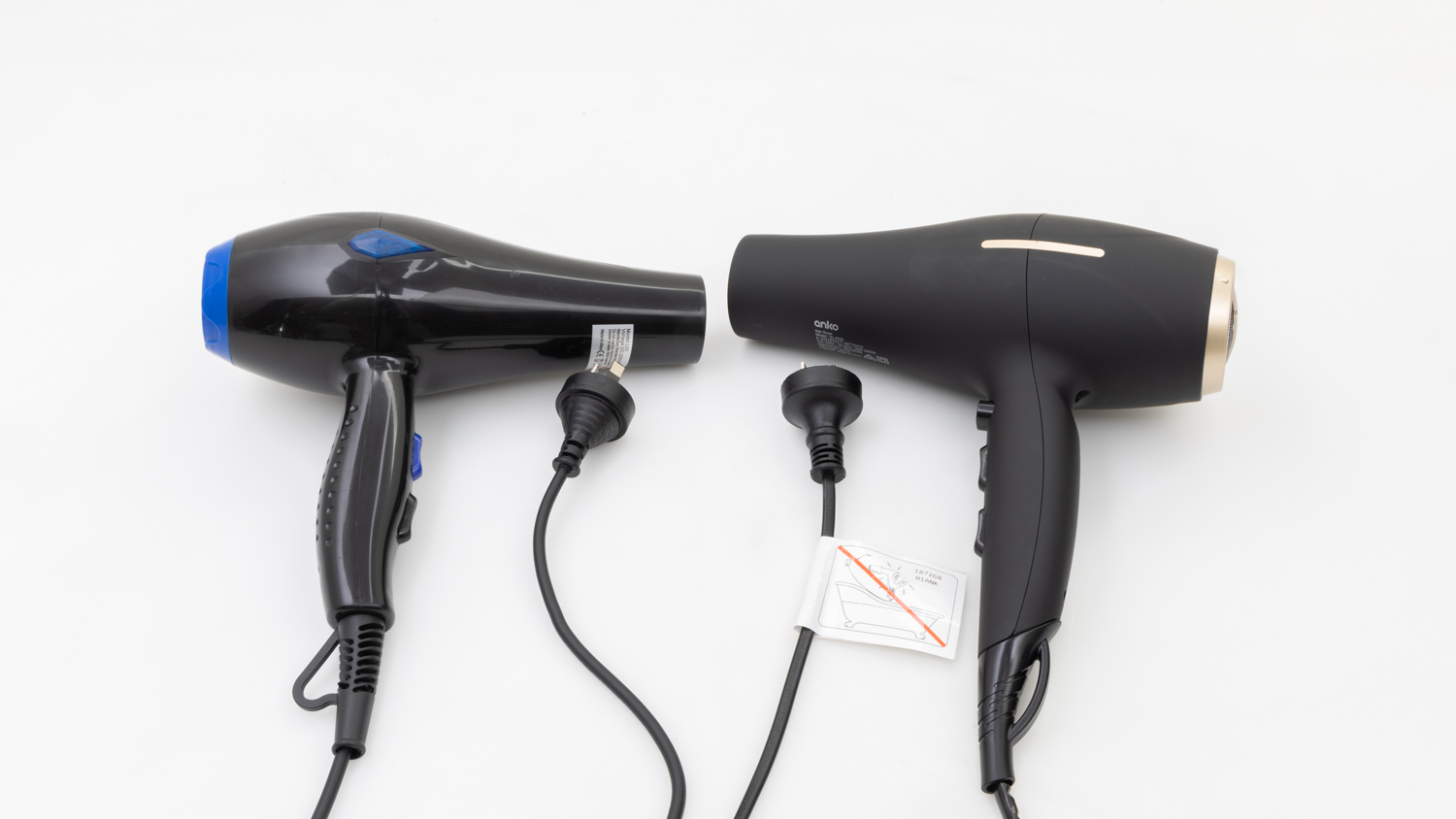
Can hair dryers damage your hearing?
The constant drone of a hair dryer can get pretty annoying but it’s unlikely to damage your hearing. We say ‘unlikely’ because it’s still a possibility under certain circumstances.
Most of the hair dryers in our test pump out around 85 decibels (dBA) of noise at a distance of 15cm from your head. This is right on the cusp of safe noise levels, as anything louder does start to introduce some risks. Though 85dBa can cause damage, you need to be continuously exposed for at least eight hours, which probably won’t happen (even if your hair is very, very wet).
Though uncommon, some hair dryers do cross the 95dBA threshold, which can cause some damage after 30–60 minutes of continual use. This is some pretty extensive drying time for one person, but families or carers with more than one person to look after could be exposed for damaging durations if they’re drying everyone’s hair back to back.
When to replace your hair dryer
Some hair dryers can be your trusty hair care companion for years, but it’s important to know when to give up the fight and trade your hair dryer in for a shiny new model.
Most hair dryers nowadays have an inbuilt safety switch that will automatically cut the power if the hair dryer starts to overheat. Older hair dryers might not have this safety feature.
When your hair dryer is on, it sucks in the dirt and dust floating around in the air. Over time, this filter can become clogged and dirty and unable to suck in enough clean air to run the hair dryer effectively. This can cause the hair dryer to overheat and you may even notice a burning smell – a sign that it’s time to replace your hair dryer.
If your hair dryer is blowing extremely hot air, it could be doing more harm than good – another sign it’s time for a replacement.
Disposing of your old hair dryer responsibly
If you’ve decided it’s time to replace your hair dryer for a shiny new model, be sure to consider how you get rid of your old one. Recycling electronic waste (e-waste) keeps toxic metals away from landfill and allows many materials to be reused.
Check with your local council – many offer a free e-waste disposal service. Sustainable Salons Australia is another service that collects and recycles salon waste. Partnering salons might extend this service to clients, allowing you to bring your old hair dryer in to be recycled.

